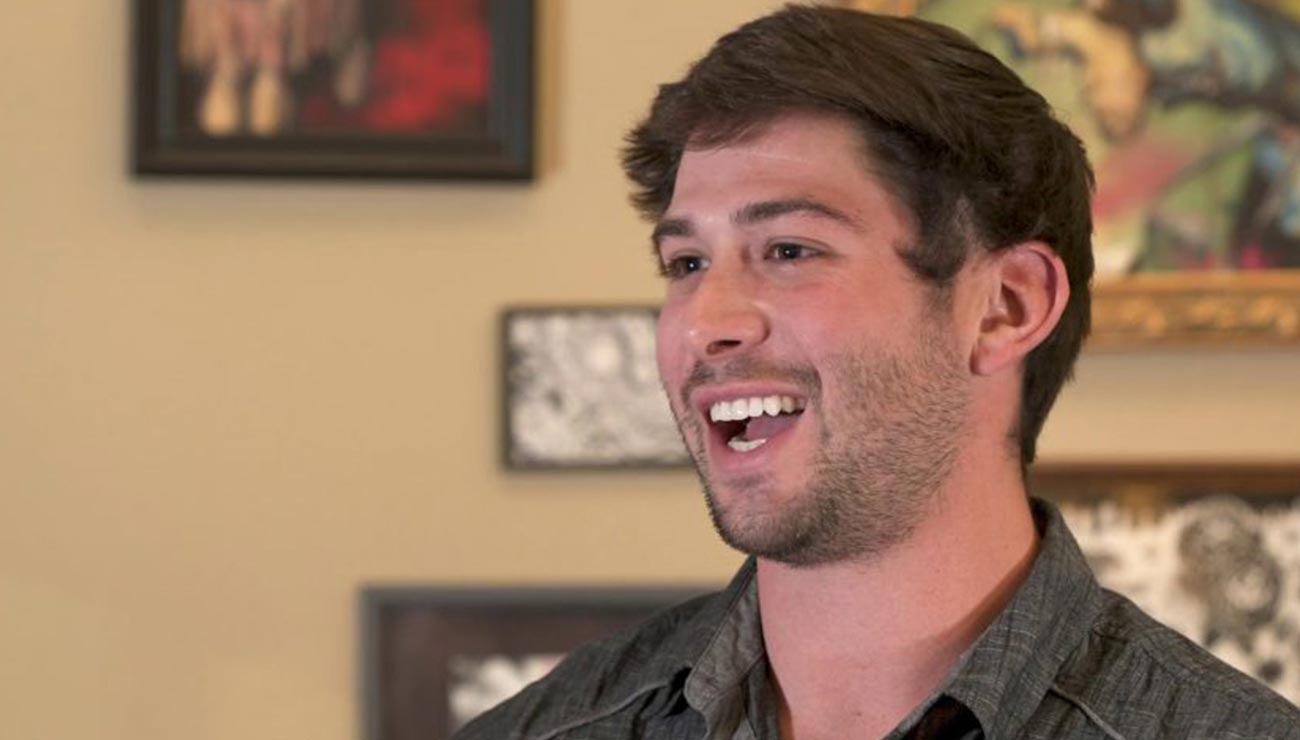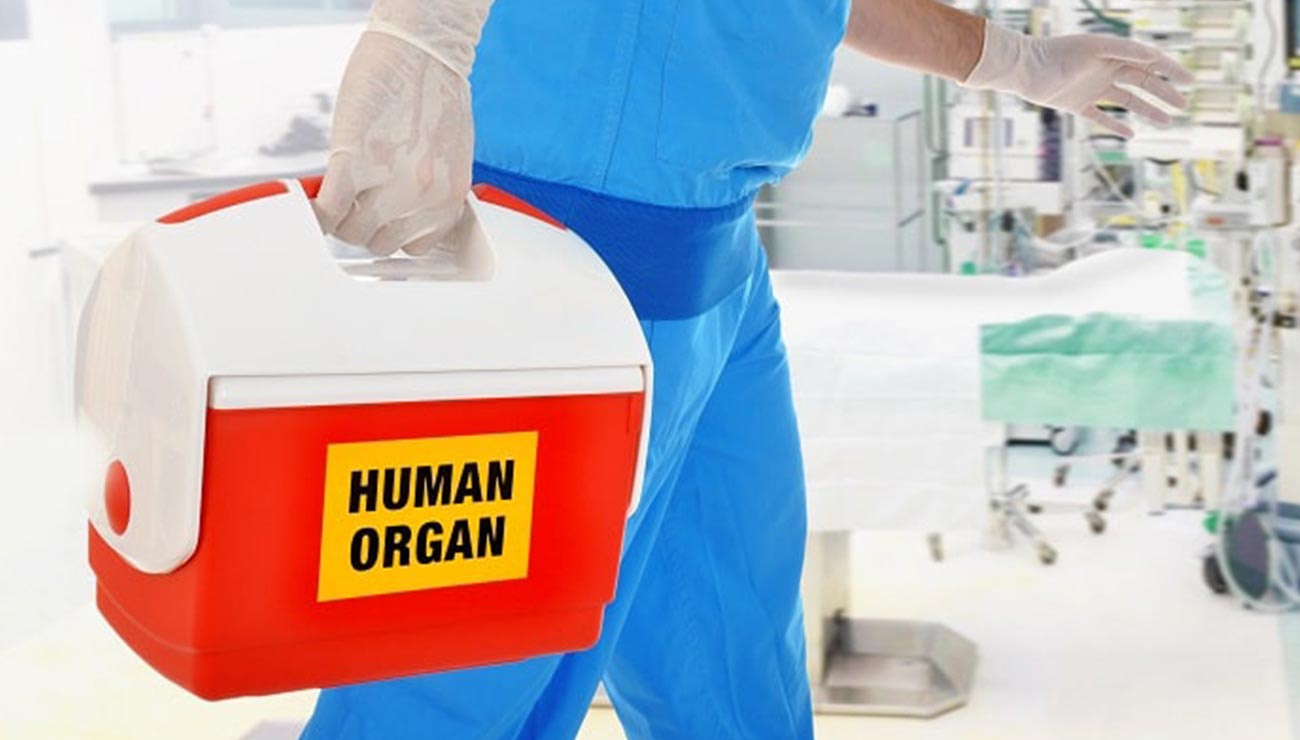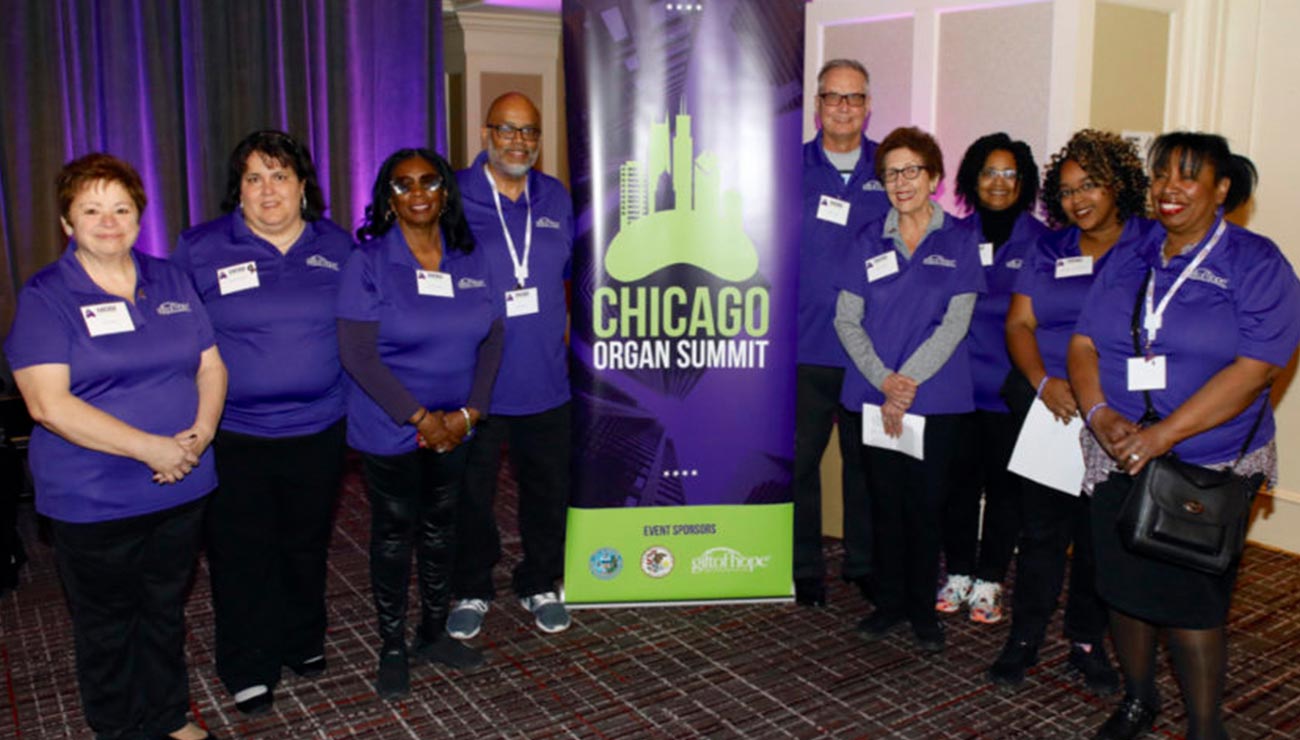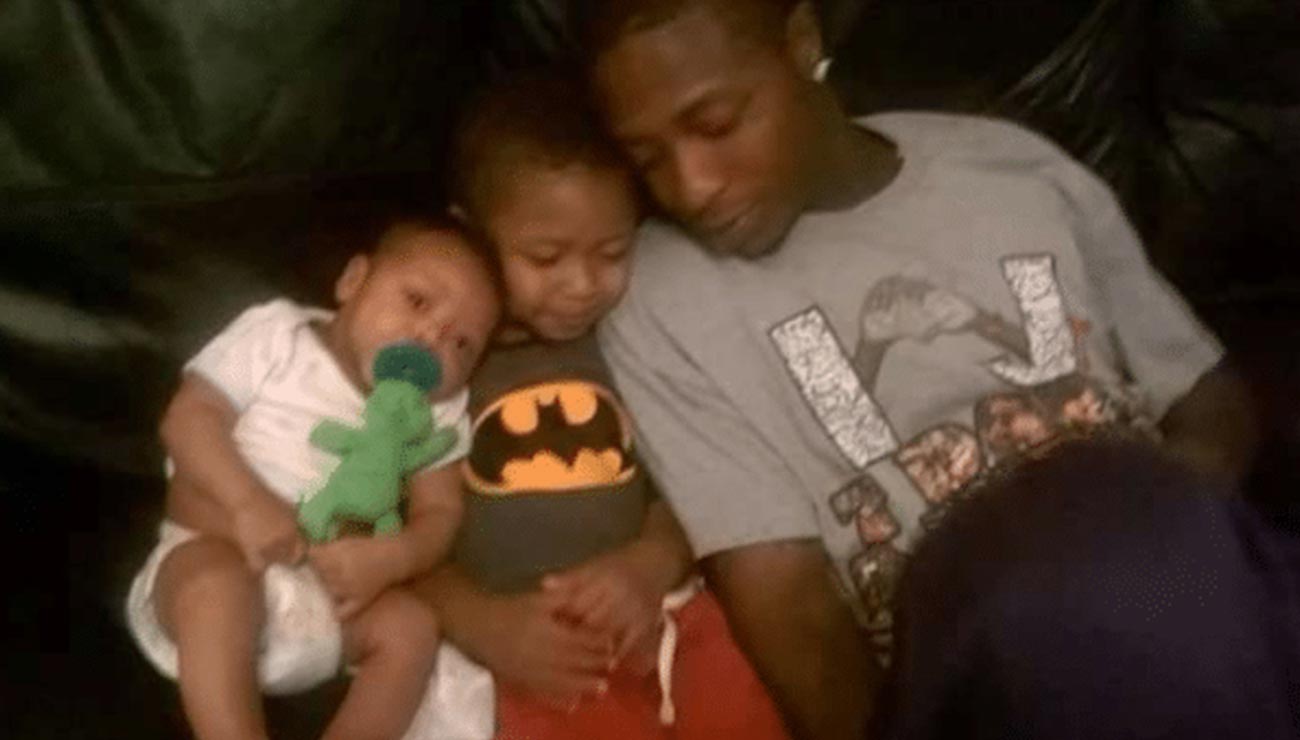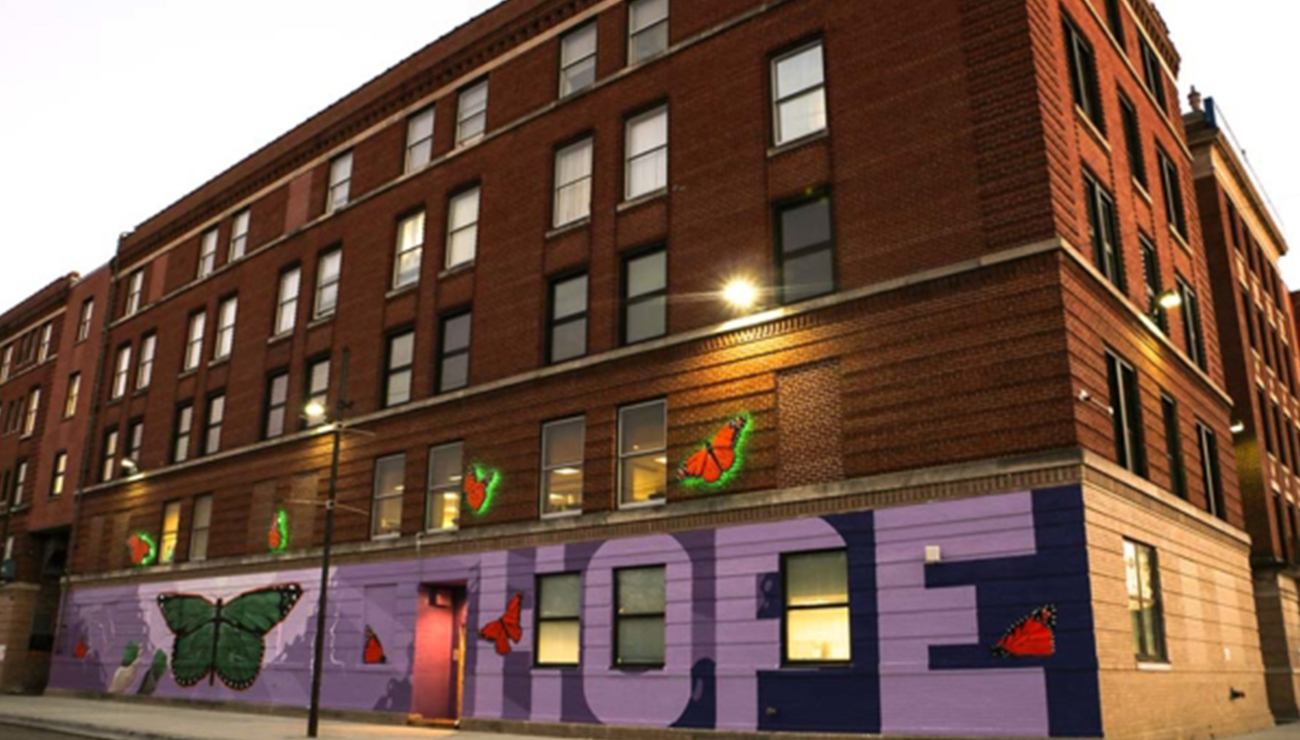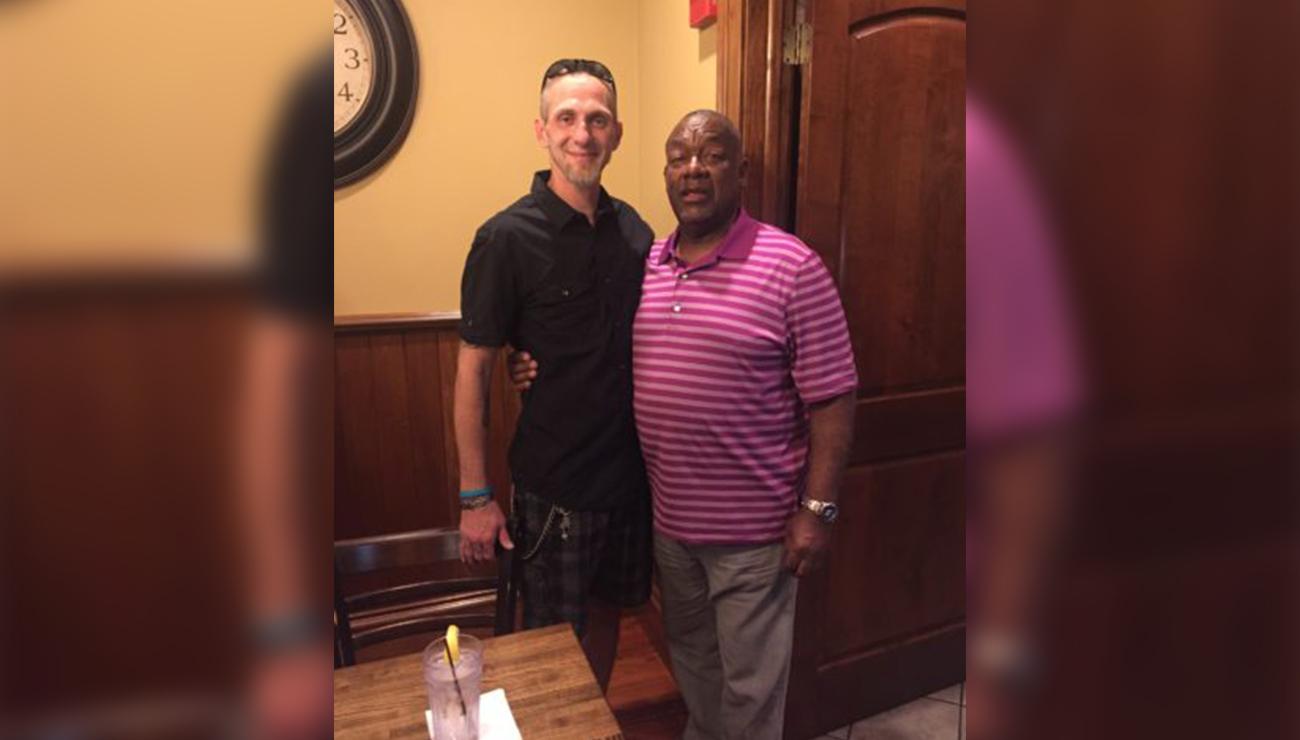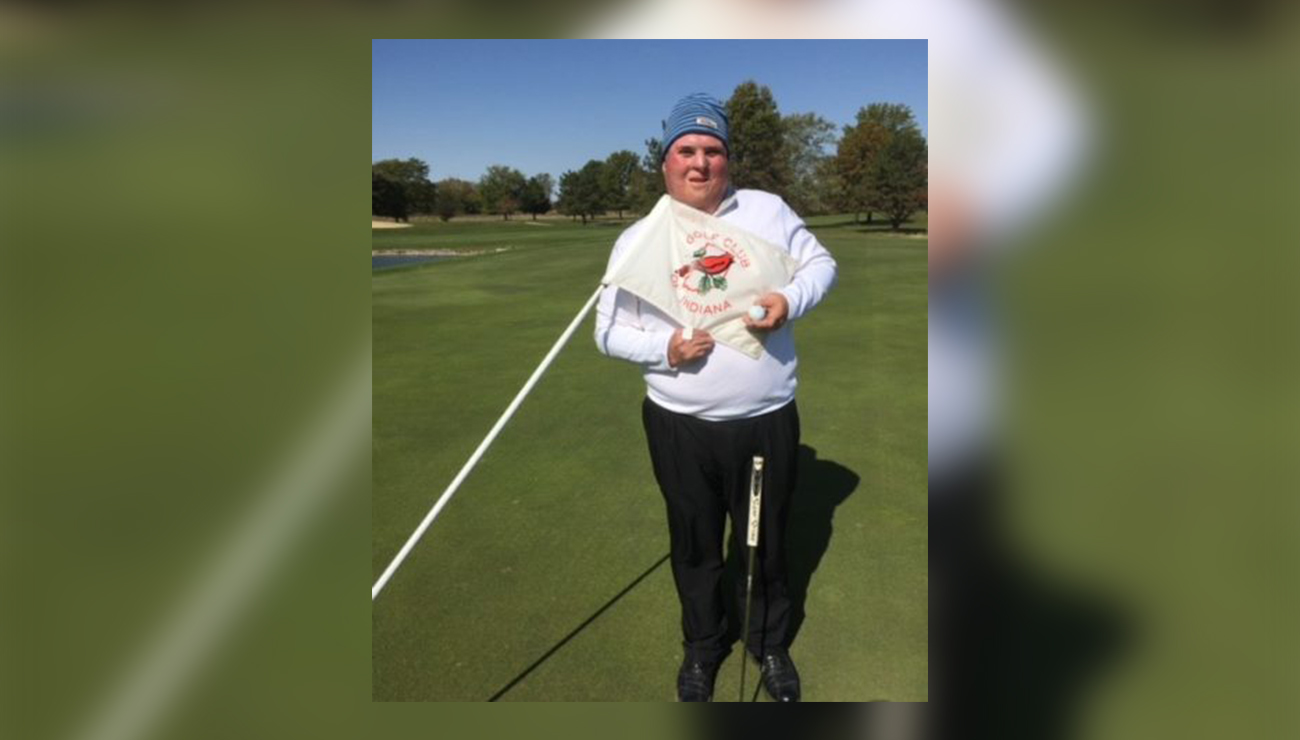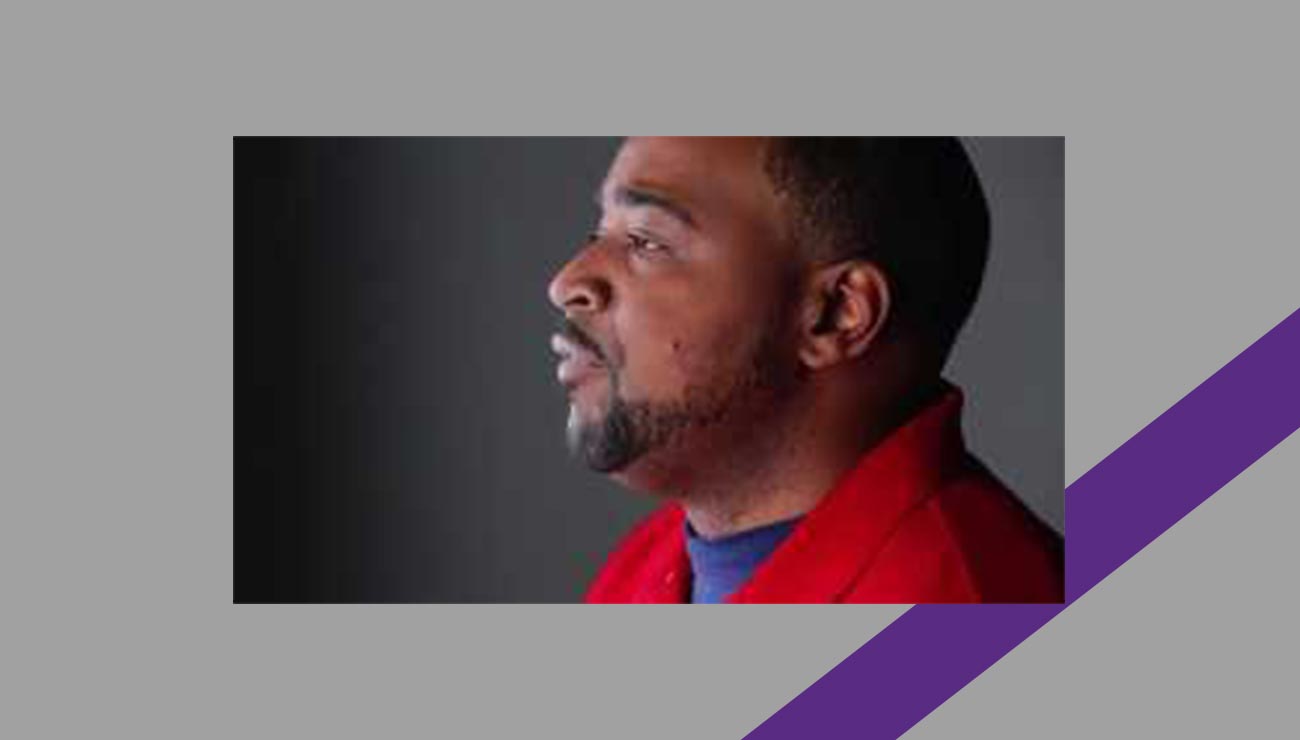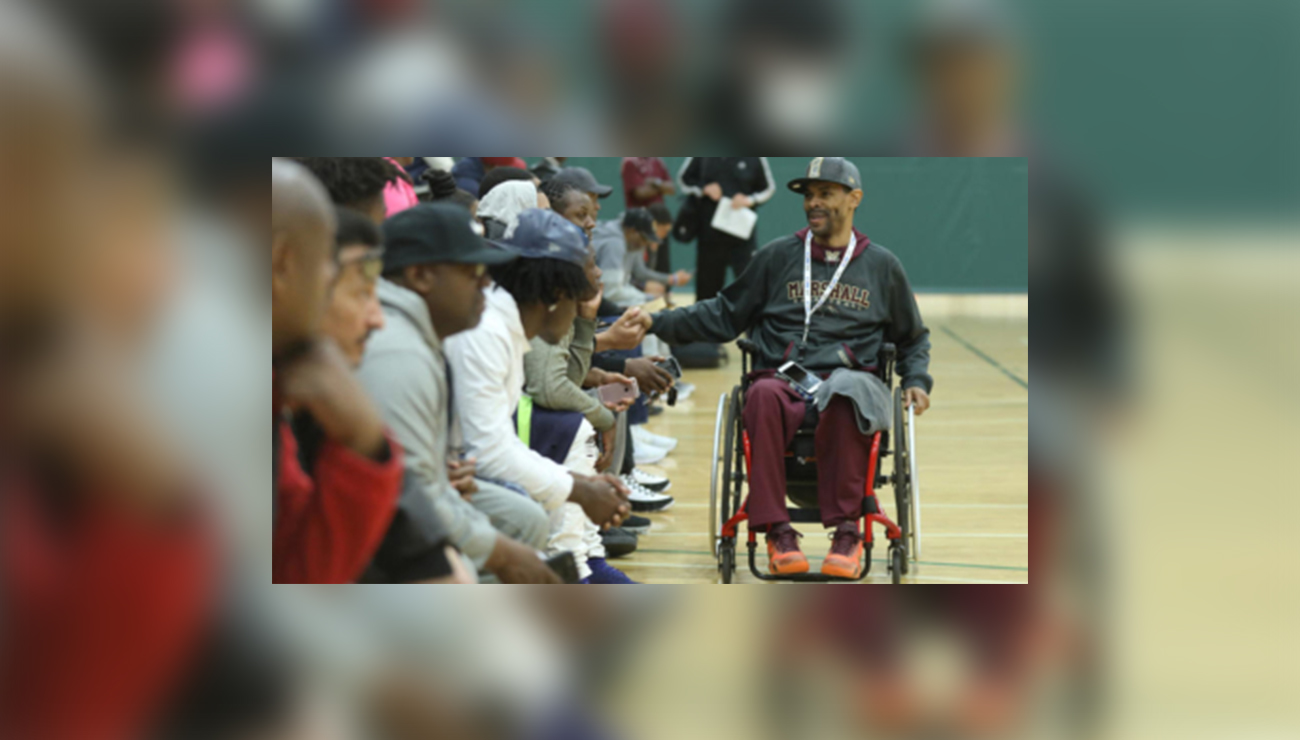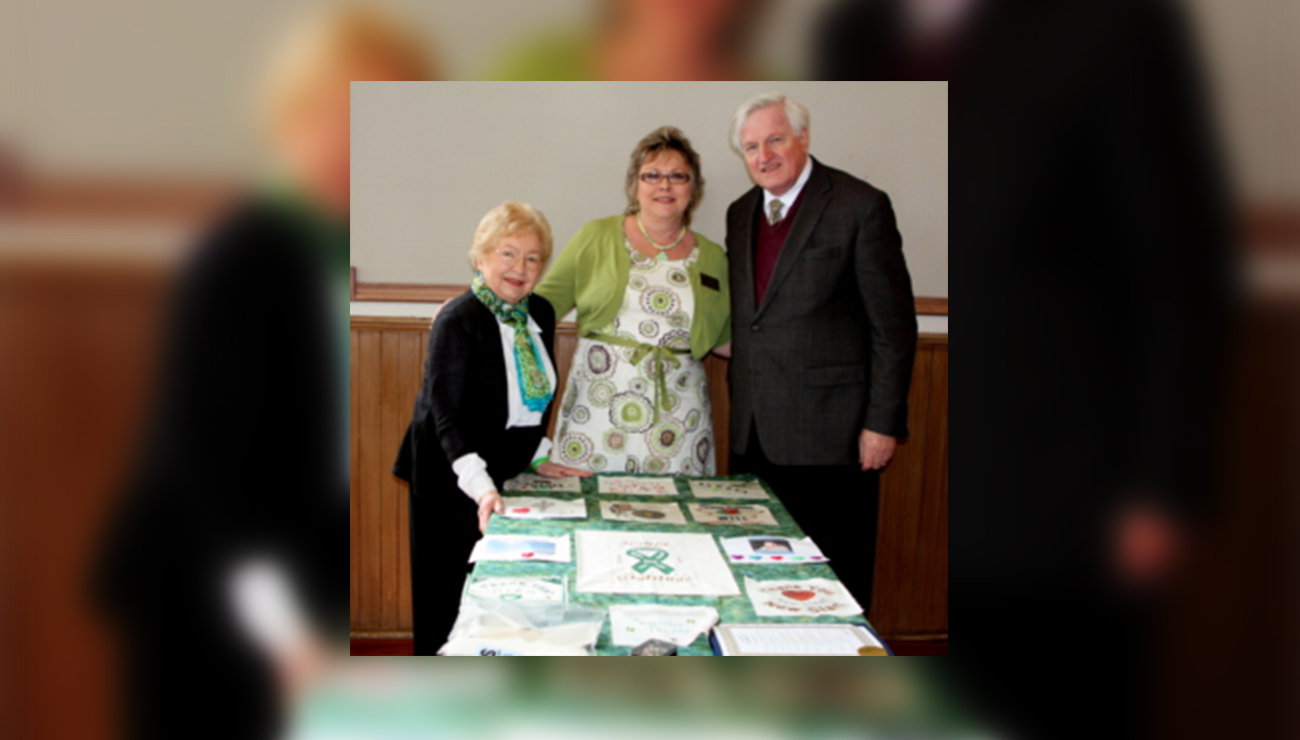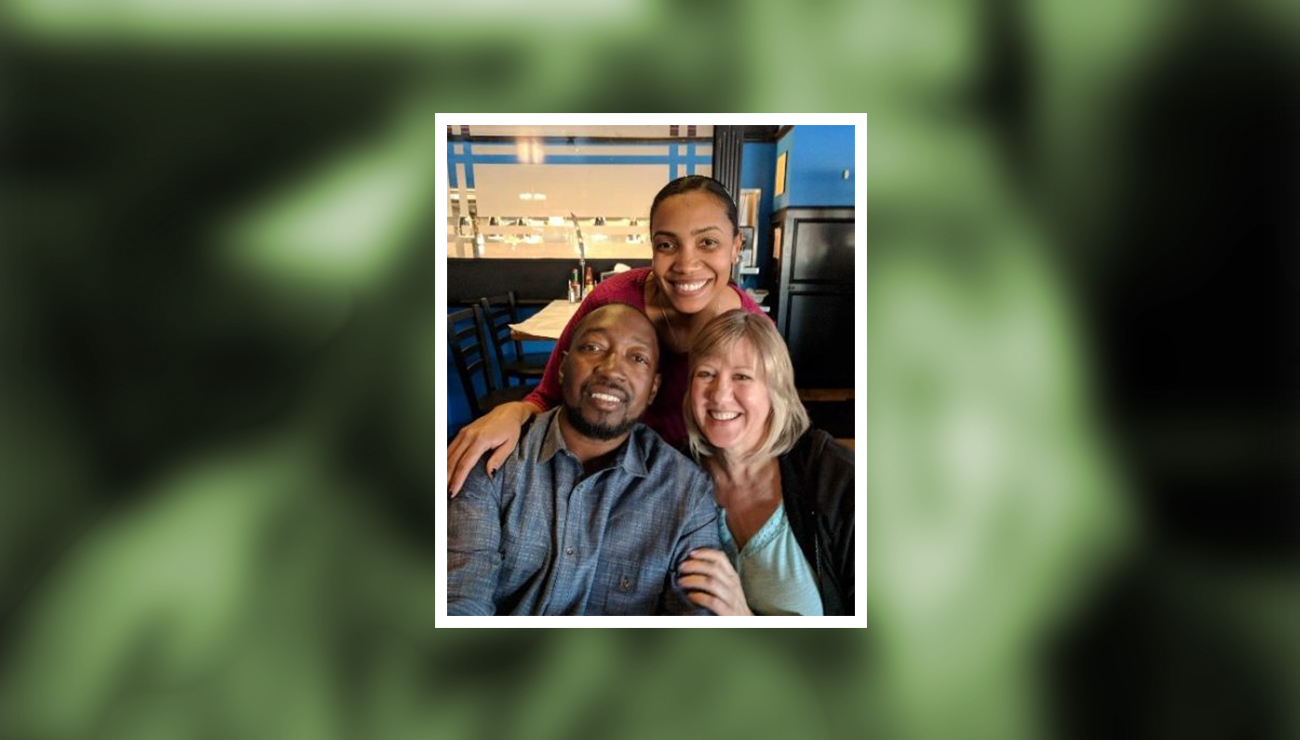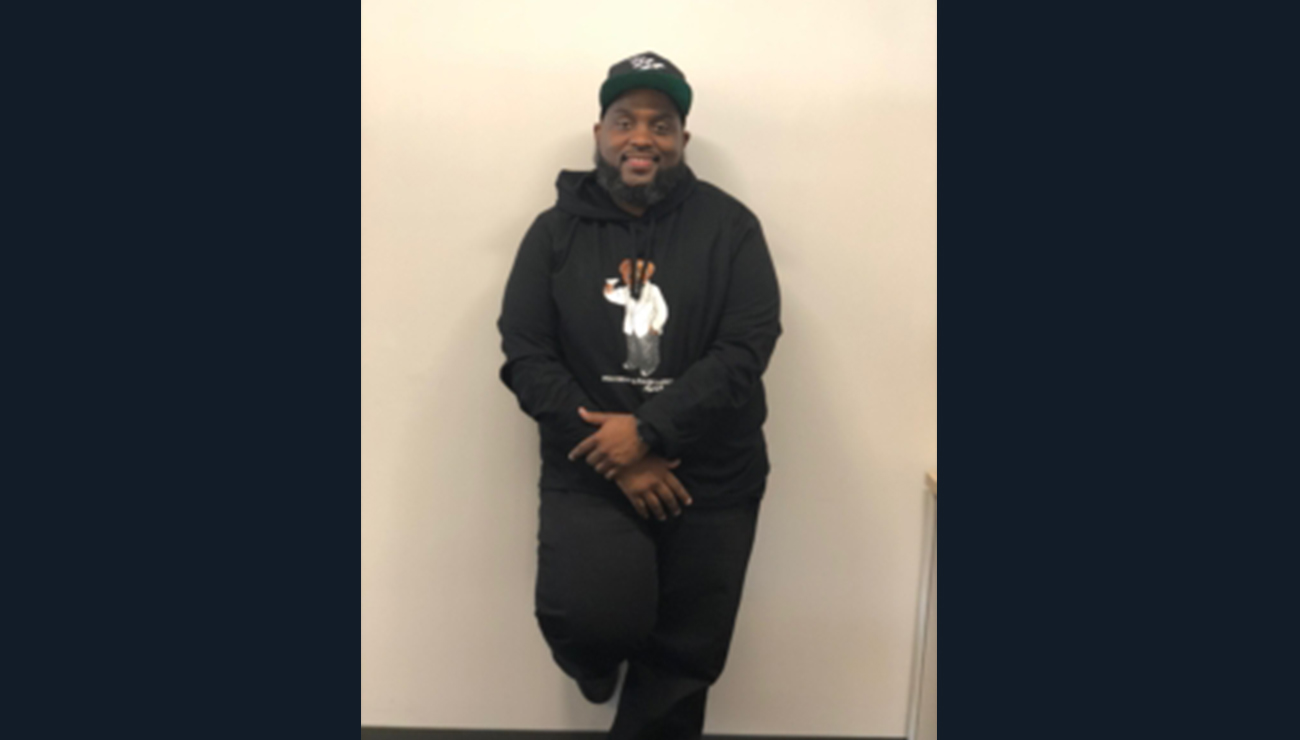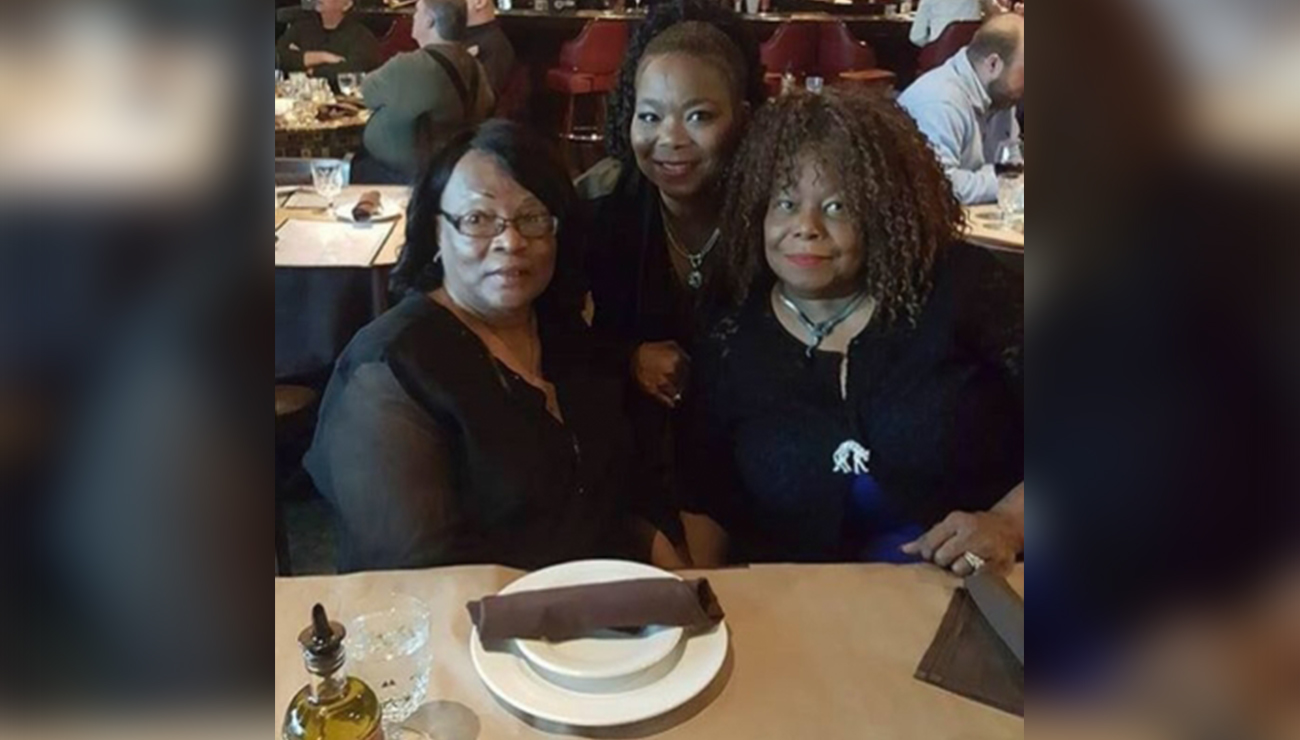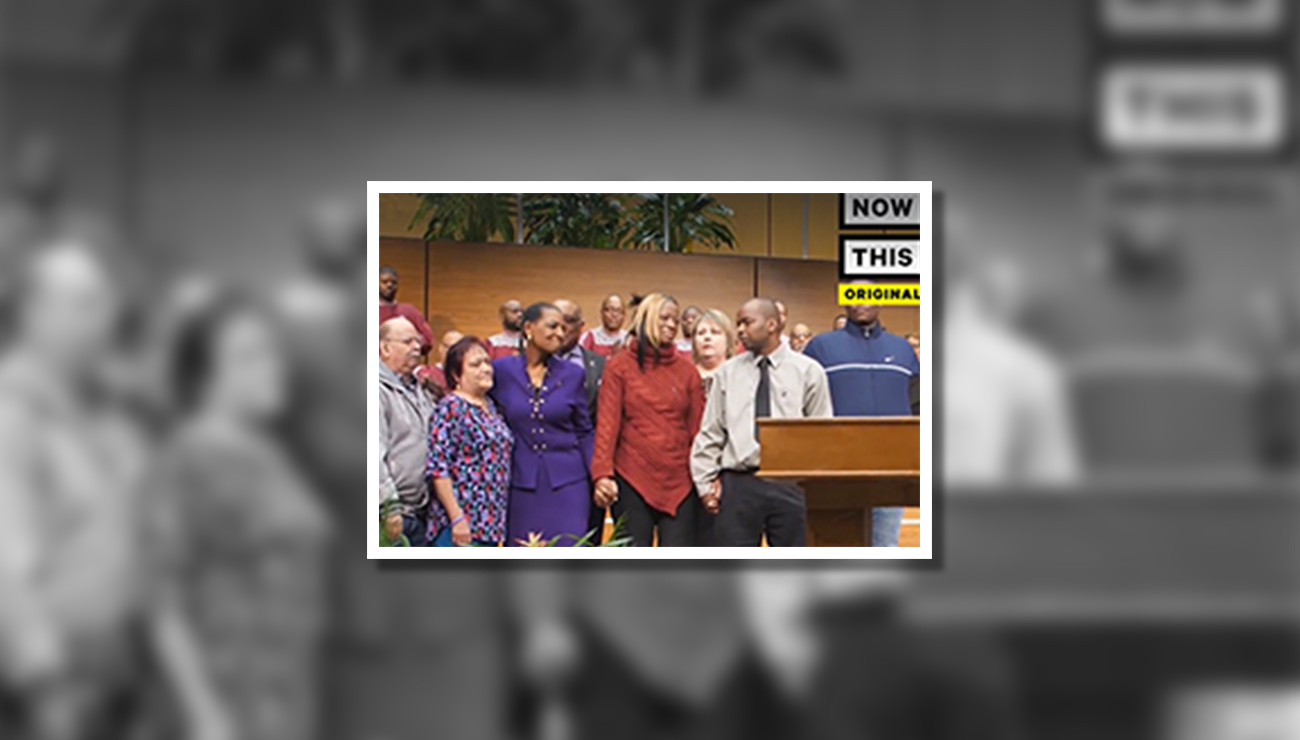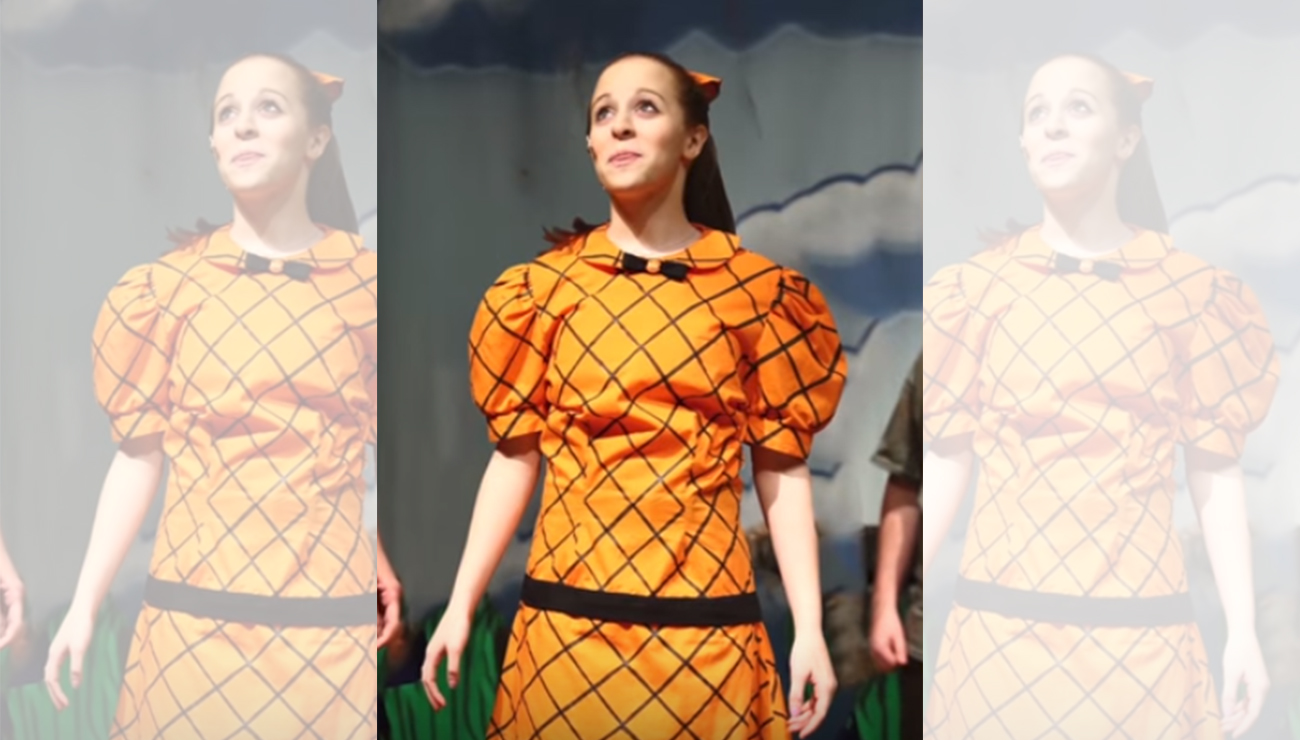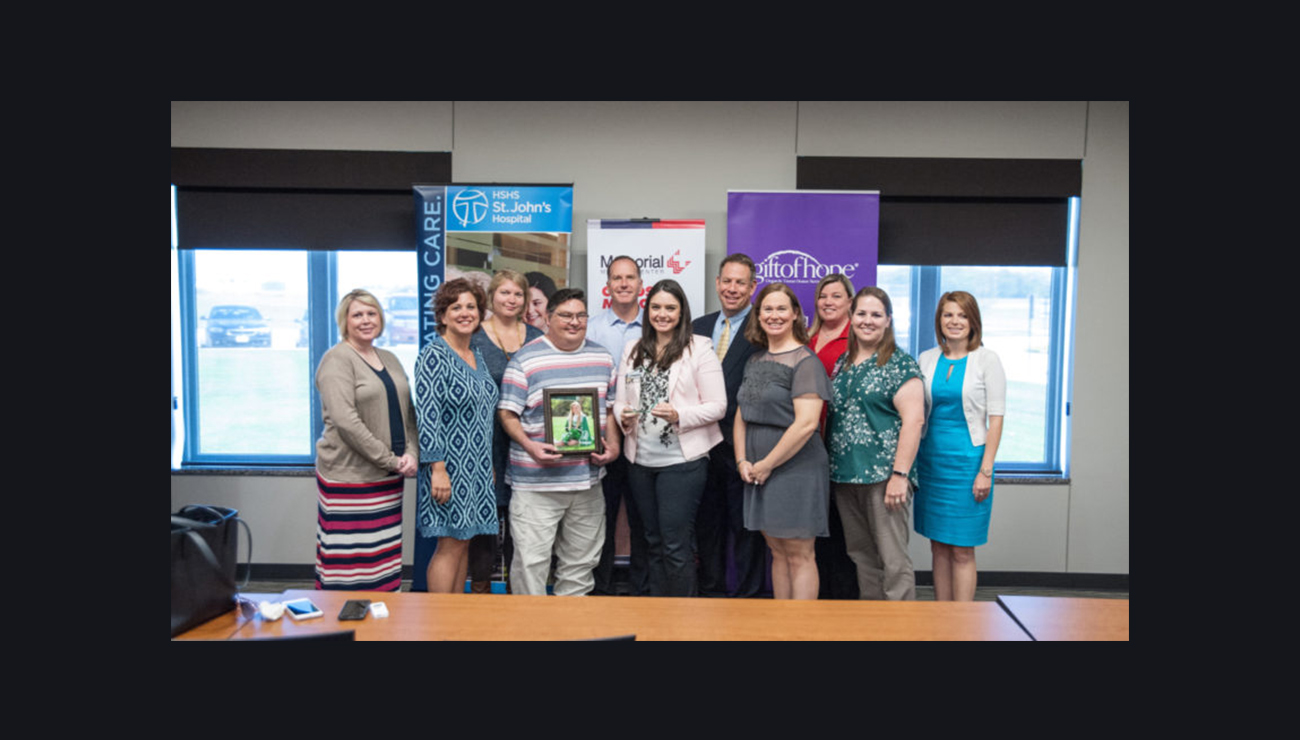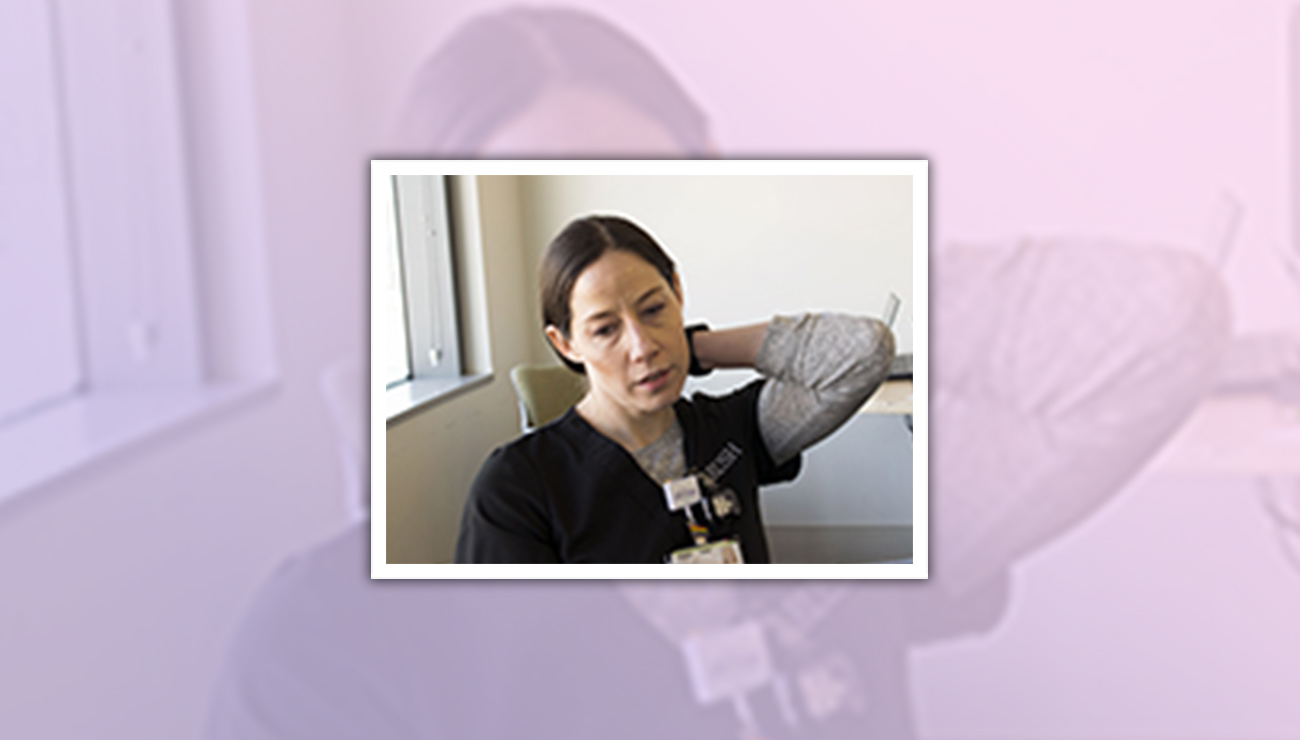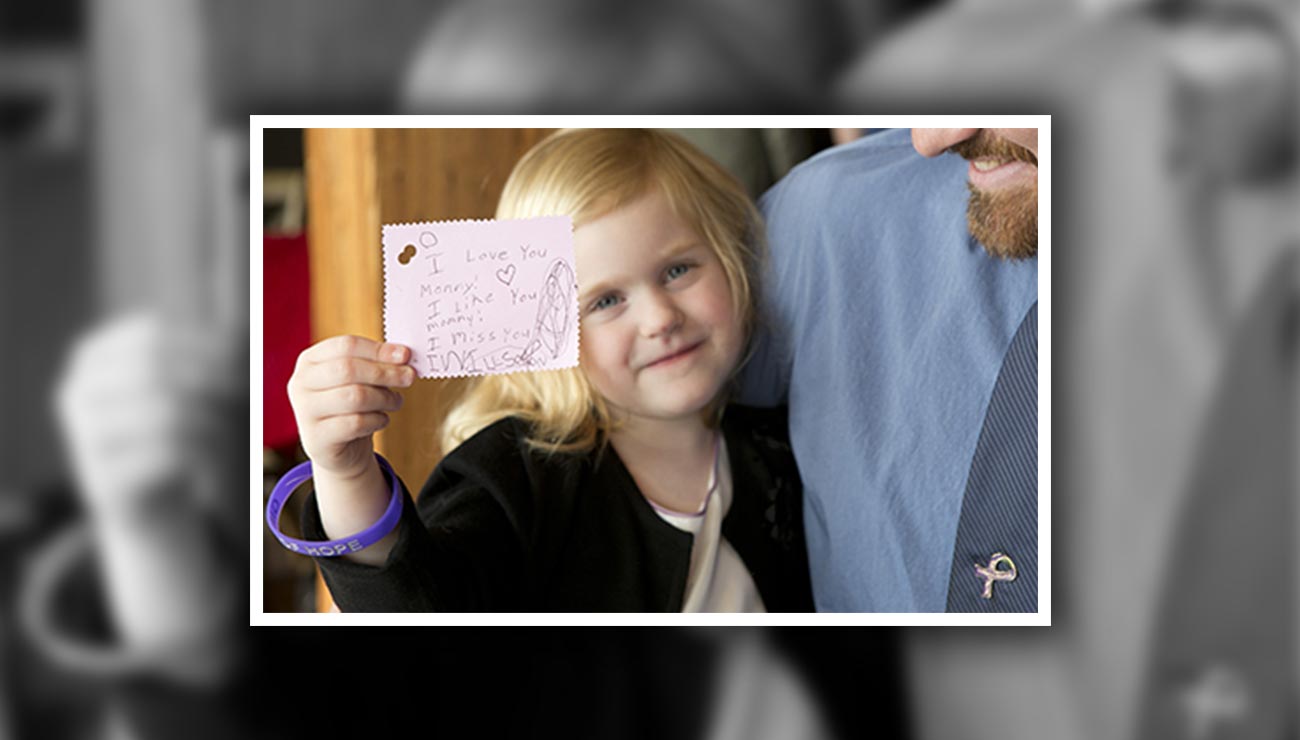Organ donation has a long history, with the earliest recorded skin transplants dating back to the second century. Skin and bone graft surgeries also became prevalent throughout the 16th and 17th centuries with varying degrees of success. It wasn’t until the mid 20th century that organ transplants became a viable option for prolonging life.
Early Achievements
The first successful types of tissue transplants were blood transfusions. Research in this area advanced significantly with the discovery of blood groups, leading to a higher number of successful transfusions. The first corneal transplant was performed in 1905, encouraging doctors to proceed with more advanced organs.
Early Failures
Throughout the early 20th century, physicians across the globe attempted approximately 40 kidney transplants. In each case, the patient died. One of the reasons for these early failures may have been the placement of the organ. Instead of placing it in the pelvis, doctors were implanting the new kidney in other locations, such as the thigh.
First Successful Organ Transplant
The first successful organ transplant occurred in 1954. Richard Herrick, a recently discharged member of the Coast Guard, received a kidney donated by his identical twin brother. Dr. Joseph Murray performed the operation in Boston, which allowed Herrick to survive for eight more years until he passed away from kidney disease.
Medical Advances
Less than ten years after that first successful transplant, medical advances were already being made to help prolong the lifespan of the recipient. In 1963, Robert Phillips received a kidney from his younger sister. Despite not being of the same blood type, the transplant was a success, and Phillips has since become the world’s longest organ transplant survivor.
Throughout the rest of the 20th century, surgeons became capable of transplanting almost every vital organ. In the last 35 years alone, over 416,000 people across the United States have received the gift of life from family, friends, and anonymous donors.
Where We Are Today
Transplants have come a long way since their inception in the early second century. Researchers are now developing better and more powerful anti-rejection drugs that do not need to be taken consistently to work. Surgeons are also working on ways to create compatible organs in a lab, to make up for the organ shortage facing nations.
Gift of Hope Organ & Tissue Donor Network is the organ procurement organization for Illinois and Northwest Indiana. To learn more about organ & tissue donation, transplant centers in Illinois, or the donation process explore our website or contact us today.
Image Credit: Getty Images/ThitareeSarmkasat




